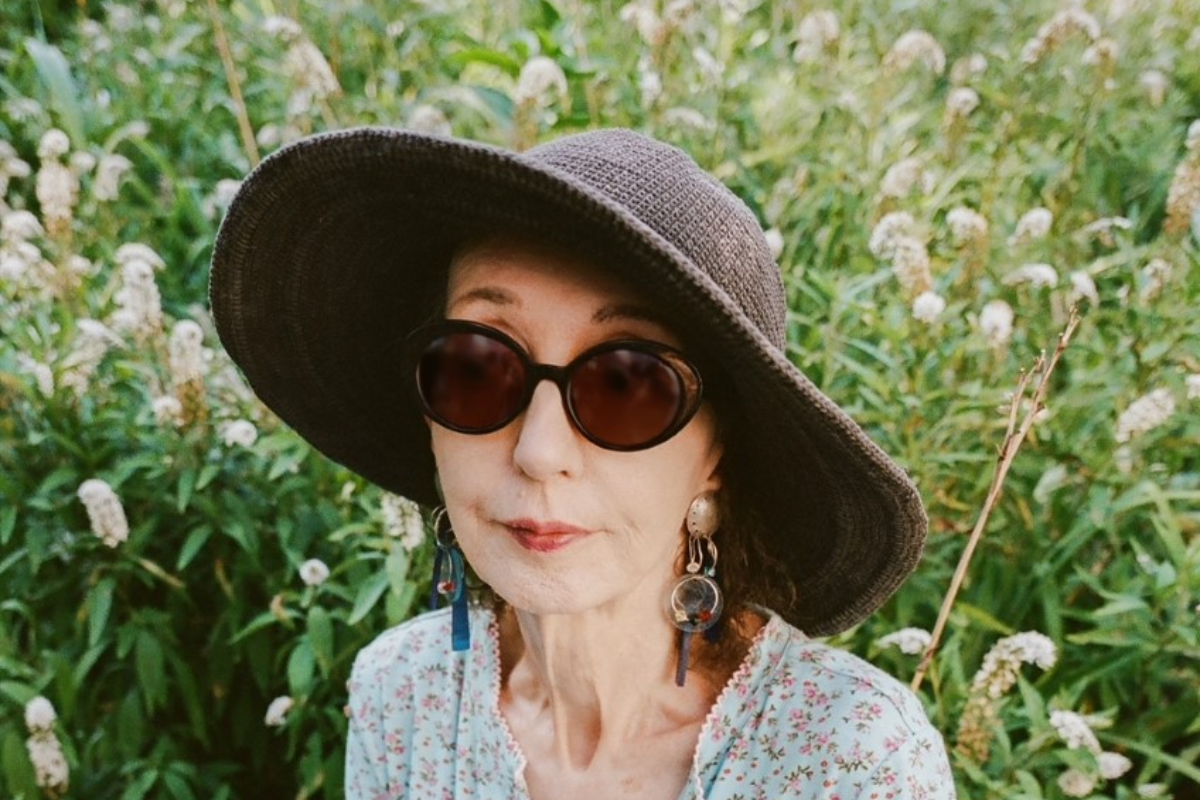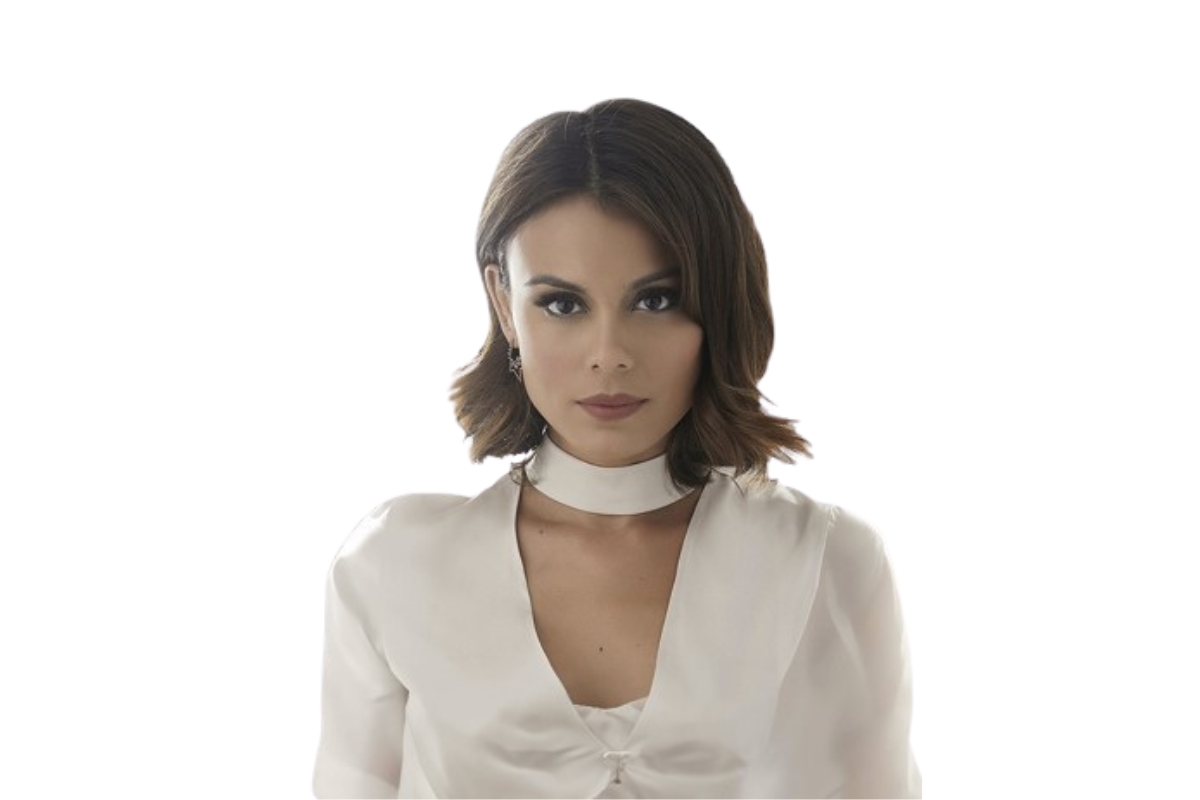Marilyn Monroe is a name synonymous with desire, passion, glamour, and beauty. She is remembered for her contribution to cinema; however, she is also remembered for having suffered a traumatic life.
In 2022, Netflix released a movie about the silver screen icon, which was an adaptation of the novel Blonde, written by award-winning author Joyce Carol Oates. Both the movie and the novel illustrate the tragic life and loss of Monroe. The Edge asked Oates about her interest in Marilyn Monroe, writing, and the Netflix adaptation of her novel.
How and when did your interest in Marilyn Monroe begin, and did this interest begin with her superstardom?
By chance in a history book, I happened to see a photo of Norma Jeane Baker taken when she was 16. I was struck by her innocent, hopeful, somehow very American beauty — not “glamour.” She had brown hair and was wearing what looked like a little artificial flower tiara. It seemed remarkable to me what that this girl would be, within ten years of the photo, catapulted to enormous celebrity and notoriety (as the femme fatale of Niagara), and within ten years of that, she would be dead, seemingly by her own hand. I was not at all interested in “Marilyn Monroe” prior to this, nor had I seen more than one or two of her films.
The new Netflix movie, Blonde, is directed by Andrew Dominik and stars Ana de Armas. Were you satisfied with the movie adaptation of your novel and was is it faithful to the novel?
Andrew Dominik is a film aesthete and director with his own intransigent vision. No one but Andrew would have made that movie — it is uniquely his. I am intrigued by anything fellow artists do and tend to think of their adaptations of my work as “theirs,” primarily. There are moments in the film when it is dazzling, strange, unsettling, beautiful, terrifying. Essentially, it seems to have been imagined as an artistic sort of horror film.
Did you have any communication with Dominik or de Armas during the production of the film Blonde? Were you invited to a first showing of the movie production and was there a central idea Dominik wanted?
I have never met Andrew, but he spoke with me, two or three times on the phone. He had sent me a near-completed video of the film about a year before its release, and we discussed what I had seen then. The finished product is somewhat different, but not significantly so. Andrew believed that he was creating a feminist film that would reveal the indignities and atrocities committed against a young woman actress by powerful men.
What was the writing process like while working on Blonde and was it more challenging than previous works?
Yes, Blonde was originally 1,400 pages in manuscript and was eventually cut back to about 900 pages. Some of this ancillary material found its way into independently published stories like “Three Girls,” which stands apart from its novel context entirely.
Marilyn Monroe was more intelligent than Hollywood’s projection of the star (she was an avid reader) and was a serious student of acting. What evidence do we have of the star’s intelligence and what would you like fans to know about Marilyn and how as she is considered today?
I am uneasy with the word “fans” and never know exactly what it means. In the film Blonde, the “fans” shouting and whistling at Marilyn Monroe are given a demonic cast, as in a painting by Bosch or Goya.
Overall, Marilyn Monroe was underrated as an actress. She was dedicated to the craft of acting. She took lessons, including dance lessons; she became a member of the Actors Studio in NYC in order to learn more. We know from interviews and from what remains of her diary that she was highly intelligent, loved to read, and had a subtle, sly sense of humour.
In a Hollywood much more comfortable with “elite” actresses like Elizabeth Taylor, Audrey Hepburn, or Grace Kelly, Marilyn Monroe or Norma Jeane Baker was invariably denigrated to the status of a “B-star.” Since her death, her stature has grown steadily, and I believe that images of Marilyn Monroe are now the most popular of all images on Twitter, for instance. One might say that even posthumously, Marilyn Monroe continues to captivate the collective imagination.
Jason Waddle | Contributing Writer




















